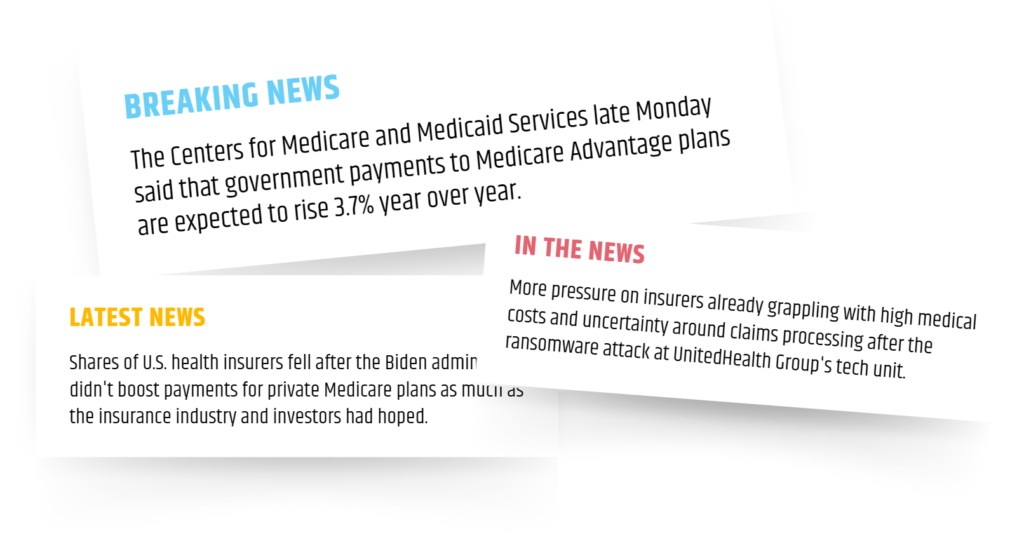From the CEO: Optimizing Home Care
A Call for Technological Innovation

April 3, 2024 | Matt McGinty – CEO, CareConnect
Like many, I start my day browsing the news, only to be met with a headline that resonates with the current struggles of our healthcare system: “Health insurer stocks slide as final Medicare Advantage rates disappoint.” The story, delivered with impactful titles and bullet points right out of the gate, highlighted the challenges facing insurers and investors due to lower-than-expected payments for private Medicare plans. This immediate shock tactic evokes anger and helplessness, reflecting the ongoing healthcare crisis.

Our healthcare system is in crisis.
In particular, the post-acute care sector, encompassing Home Care, Home Health, and Long-Term Care, faces significant challenges. When speaking with home care agencies, the recurring narrative of “not enough aides!” echoes throughout the industry. When I speak with aides, their responses paint a conflicting picture – “not enough shifts/visits!” This apparent paradox reveals underlying issues of compensation and demand. Aides seek work that aligns with their desired pay and schedule, while agencies struggle to fill positions within budget constraints.
Both of those statements are diametrically opposed to one another. How can this be? The underlying intent of the statement “not enough shifts/visits” from the aides really means “not enough shifts/visits for when, where, and how much I am willing to get paid” and for agencies it’s “not enough aides for when, where, and how much I am willing to pay to fill those shifts/visits.” Given that, is the issue really that there are not enough aids and not enough shifts/visits? Are the rates the problem?
The statistics are staggering: an estimated 100 million U.S. adults serve as caregivers, with 53 million caring for a spouse, elderly relative, or special needs child (that’s up by a staggering 10 million caregivers from the 2015 AARP study). Despite this pool of potential caregivers, the mismatch between supply and demand persists. The root of the problem lies not solely in the shortage of caregivers but also in the economic dynamics governing the industry.
Where should we focus?
External factors such as reimbursement rates remain beyond immediate control, there is a pressing need for innovative solutions within our reach. Rather than fixating on issues beyond our influence, we must turn our attention to leveraging technology to optimize workforce management. If we can target tailored advertisements on social media, surely, we can streamline the process of connecting willing caregivers with available opportunities.
Perhaps we can’t fix the problem (opportunity) entirely. What if we made it 50% even? 25% better? Heck, even 10% better? In 2019, 72% of CHHA’s operated at a negative margin in the state of New York and that number has been steadily climbing. That results in -11.95% profit margin. Suddenly, even a 10% improvement has a meaningful impact, and 25% transforms a market. Albert Einstein famously said, “The definition of insanity is doing the same thing over and over and expecting a different result.” As the “silver tsunami” approaches at an accelerated rate thanks to COVID-19 pandemic, the urgency for transformation in Home Care has never been greater.
Technology is the answer.
Technology holds the key to optimizing efficiencies and meeting the evolving needs of patients who overwhelmingly prefer aging in their own homes (92% of older adults, according to Forbes).
Innovation is not a luxury but a necessity in the face of healthcare challenges. By embracing change and harnessing the power of technology, we can revolutionize the delivery of care and ensure a brighter future for both caregivers and those who help. Change is upon us, and the rate at which we innovate, change, and adopt technology directly correlates to the rate at which care to patients is provided.
Let’s innovate together and transform home care for all!